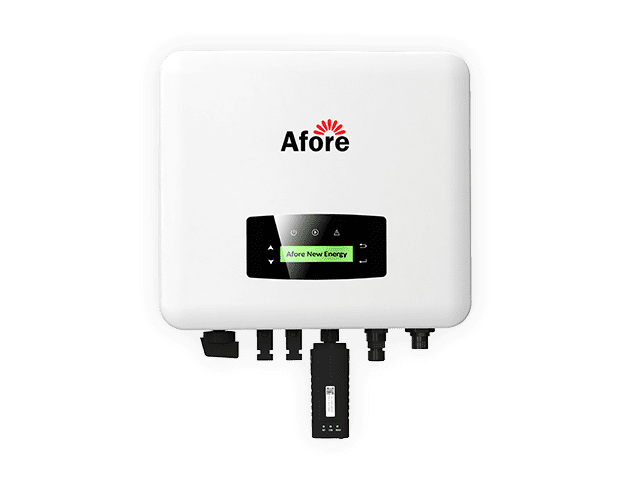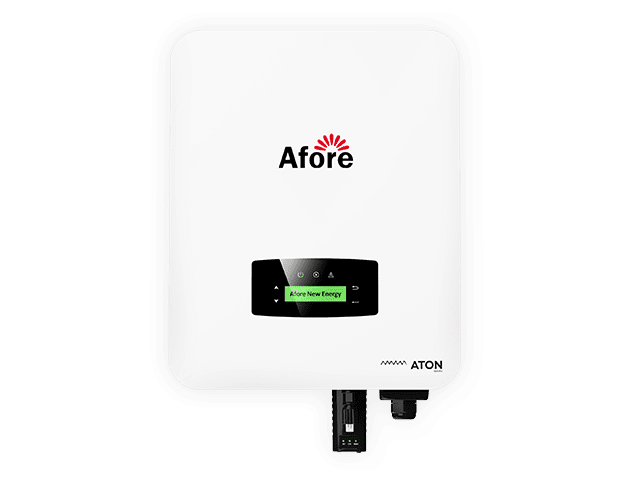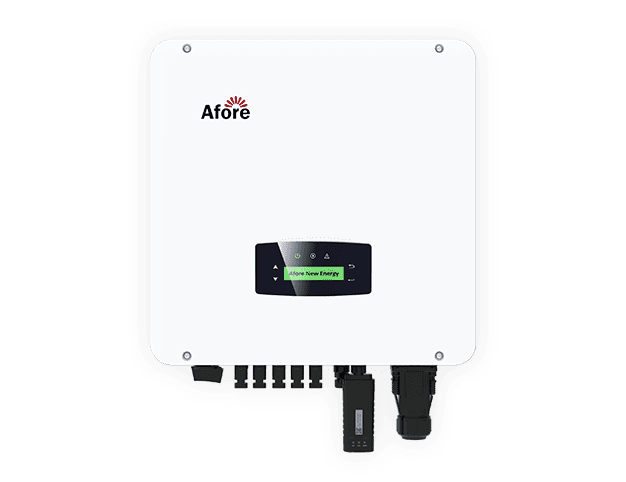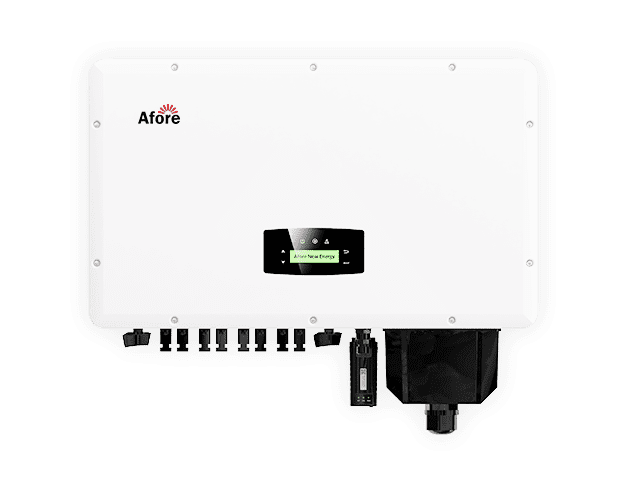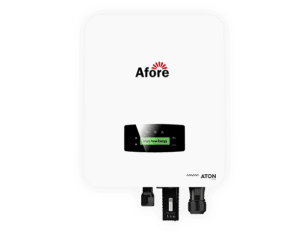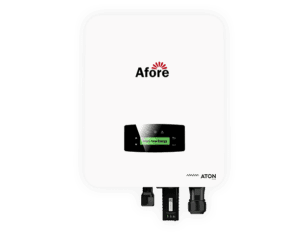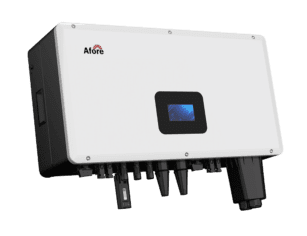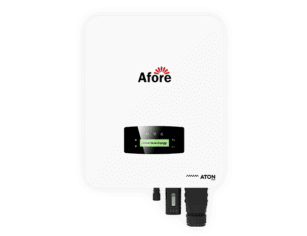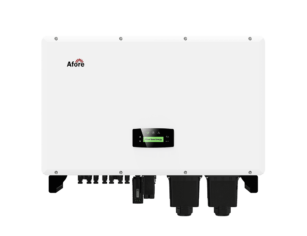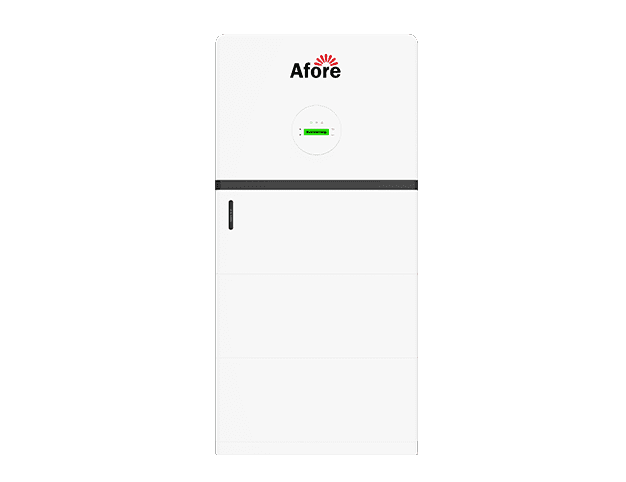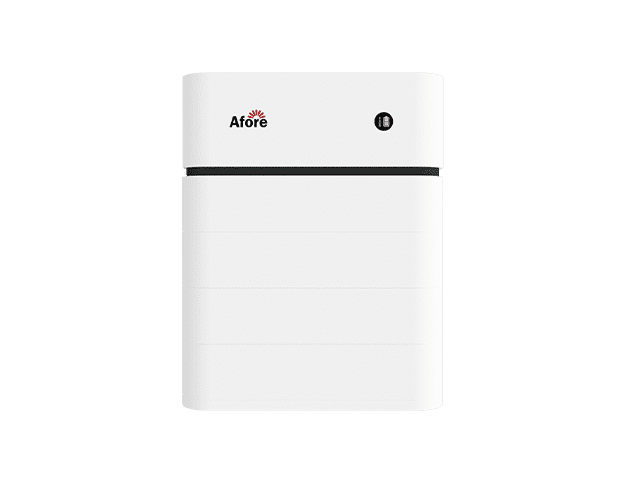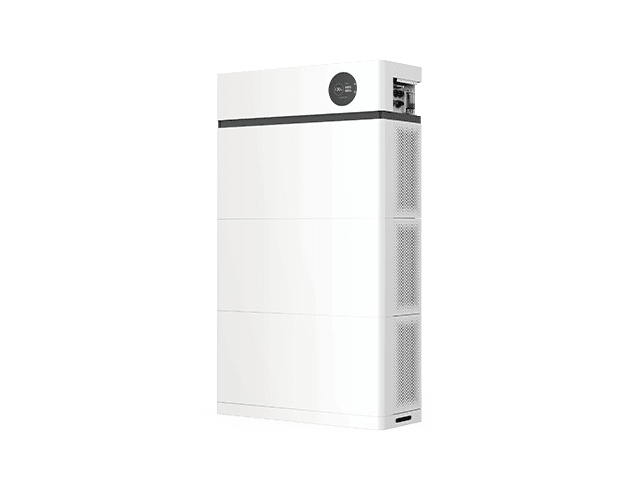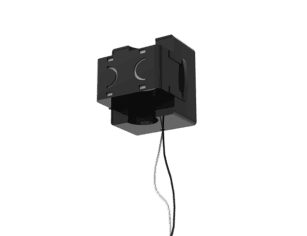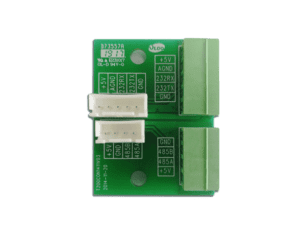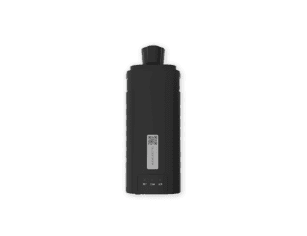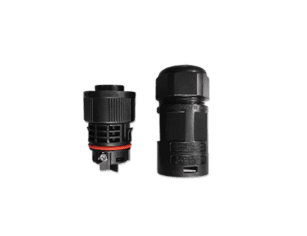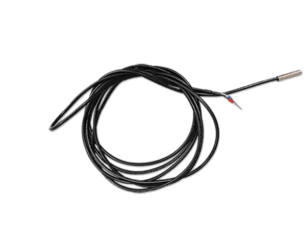Solar and Battery System: Power Your Home Efficiently & Reliably

Índice
Are you tired of unpredictable electricity bills? Or maybe you’re just looking to reduce your carbon footprint and gain more control over your energy usage. That’s where a solar and battery system comes in. Over the past decade, more homeowners are turning to solar energy solutions, and pairing them with a battery system has taken energy independence to a whole new level.
Imagine generating your own electricity during the day and storing it to use at night—sounds amazing, right? That’s the core promise of a solar and battery system, and it’s not just for tech enthusiasts. It’s for anyone who wants more reliability, savings, and sustainability.
How Solar and Battery Systems Work
Understanding how a solar and battery system operates is the key to seeing why it’s becoming a game-changer for homeowners. At first glance, it may seem complicated—solar panels, inverters, batteries—but breaking it down step by step makes it surprisingly simple.
Solar Panels – Your Home’s Energy Generator
Think of solar panels as the heart of your system. They capture sunlight and convert it into electricity in the form of direct current (DC). You might be wondering, “Isn’t sunlight free? Why do I need all this equipment?” Well, sunlight alone isn’t enough—your home needs the right type of electricity, and that’s where the next step comes in.
A well-designed solar and battery system ensures that the electricity your panels generate doesn’t go to waste. During the day, panels often produce more energy than your home immediately consumes. Without storage, that extra energy could simply be lost. That’s why batteries are such a critical part of the setup.
Solar Inverters – Turning Sunlight Into Usable Power
Here’s where the inversor solar earns its keep. The DC electricity produced by your solar panels isn’t directly compatible with most household appliances, which rely on alternating current (AC). The inverter converts DC into AC, making your solar energy usable for everything from lights and refrigerators to air conditioners and computers.
In a conversation I often have with homeowners, they’re amazed at how efficient this process can be. Modern solar inverters not only convert power but also optimize the system’s output, ensuring you get the most energy possible from your panels.
Batteries – Storing Energy for When You Need It
Now let’s talk about the battery, which is what truly sets a solar and battery system apart from standard solar setups. Batteries store excess energy produced during the day so it can be used at night or during cloudy days. Think of it as a personal energy vault: what you don’t use immediately is saved for later.
This capability isn’t just convenient; it provides resilience. If the grid goes down, your battery can keep essential appliances running. For homeowners in areas with unpredictable weather or rolling blackouts, this is a lifesaver. And even on a purely financial level, using stored solar energy at peak times—when electricity rates are highest—can dramatically reduce your monthly bill.
The Flow of Energy in a Solar and Battery System
To put it all together: sunlight hits your solar panels → electricity flows to the solar inverter → the inverter converts it to usable AC power → your home uses what it needs immediately → any surplus goes into the battery → at night or during outages, energy flows from the battery back into your home.
This cycle continues day after day, quietly working in the background, reducing reliance on the grid, and maximizing savings. By understanding this flow, it’s easier to see why investing in a solar and battery system isn’t just a luxury—it’s a strategic move for energy independence.

Benefits of Installing a Solar and Battery System
Switching to solar is more than just a trend. A solar and battery system offers tangible benefits for homeowners.
Reduced Electricity Bills
By storing excess solar energy in a battery, you can significantly cut down on your electricity bills. No more paying peak-hour rates or worrying about sudden price hikes.
Independencia energética
A solar and battery system gives you control over your energy. Even during blackouts or grid failures, your home can continue running smoothly.
Impacto medioambiental
Every kilowatt-hour you generate and store reduces reliance on fossil fuels. Over time, you’re contributing to a cleaner, greener planet.
Increased Home Value
Homes with solar and battery setups are increasingly attractive to buyers. They promise energy savings and resilience—a combination that boosts property value.
Elegir el inversor de conexión a red adecuado
Your solar inverter is critical to the system’s efficiency. Here’s what to consider.
Tipos de inversores de conexión a red
- String Inverters: Cost-effective and widely used for small to medium systems.
- Microinverters: Installed on each panel, offering higher efficiency, especially for shaded roofs.
- Inversores híbridos: Combine solar and battery management, perfect for solar and battery systems.
Size and Capacity
The inverter’s size should match the total power output of your solar panels. Too small, and your system underperforms; too large, and you overspend unnecessarily.
Índices de eficiencia
Look for an inverter with at least 95% efficiency. It ensures minimal energy loss during DC to AC conversion, maximizing your savings.

Installation Process of a Solar and Battery System
Installing a solar and battery system might sound like a massive project, but with proper planning and professional guidance, it’s a lot more straightforward than most people think. Understanding the process also helps you feel confident that your investment will deliver maximum efficiency, safety, and long-term savings.
Site Assessment – The First Step
Before any equipment touches your roof, the process starts with a thorough site assessment. A professional will evaluate your roof’s orientation, shading, structural integrity, and available space. These factors directly affect how much energy your panels can generate and how effectively your battery can store it.
Even a small amount of shading from a nearby tree can reduce the system’s output, so careful planning here ensures your solar and battery system performs at its peak. The assessment also involves checking your existing electrical setup to determine how your solar inverter will integrate seamlessly with your home.
Panel and Inverter Setup – Capturing and Converting Sunlight
Once the site is ready, solar panels are mounted securely on your roof or another suitable location. The angle and direction are optimized to capture as much sunlight as possible throughout the day.
Next comes the solar inverter installation. This critical piece of equipment converts the DC electricity generated by your panels into AC electricity for your home. Proper placement of the inverter ensures minimal energy loss and easy access for monitoring and maintenance. Many installers run all the wiring neatly to minimize clutter and maximize safety—a step that’s often overlooked by DIY setups but crucial for long-term performance.
Battery Integration – Storing Energy for Later Use
The battery is installed near the inverter or in a safe, ventilated area of your home. In a solar and battery system, the battery stores surplus energy generated during sunny periods so that it can power your home when the sun isn’t shining.
Integration involves connecting the battery to both the solar panels and your home’s electrical system. Once this is done, the system can intelligently decide when to draw energy from the solar panels, the battery, or the grid, optimizing efficiency and savings.
System Testing – Ensuring Everything Works Smoothly
After installation, the system undergoes thorough testing. Technicians check energy flow, inverter output, battery charge and discharge cycles, and system communication. This ensures the solar and battery system is operating as designed. Any issues, no matter how minor, are addressed before the system is handed over.
Consejos de mantenimiento para una larga vida útil
Even the best solar and battery systems require a bit of care. Here are some practical tips:
- Keep panels clean from dust, leaves, and debris to maintain efficiency.
- Monitor inverter readings regularly to spot any performance dips early.
- Check battery health and capacity, especially after a few years of use, to ensure long-term reliability.
With proper installation and a little ongoing attention, a solar and battery system can provide years of consistent energy, lower bills, and peace of mind during outages.
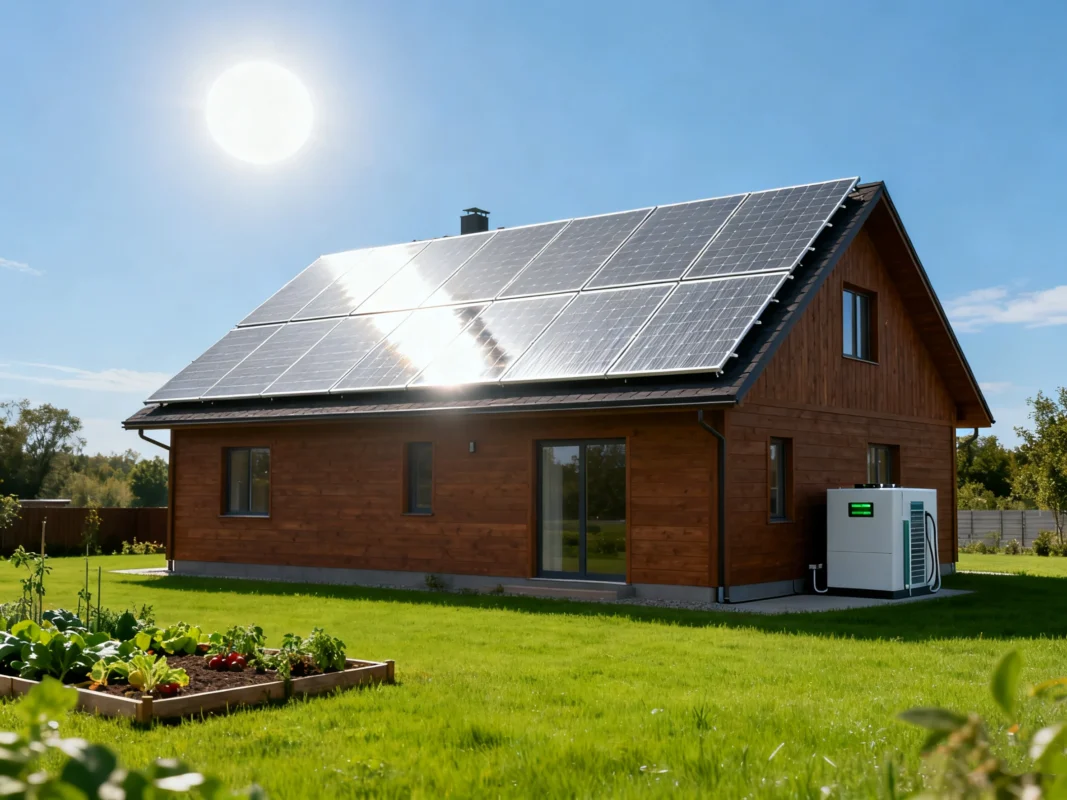
Common Misconceptions About Solar and Battery Systems
Even though solar is growing in popularity, myths still abound.
“Solar is Only for Sunny Climates”
Even in less sunny regions, solar panels can generate sufficient energy. Batteries help cover cloudy days and nights.
“It’s Too Expensive”
While the upfront cost can be high, long-term savings, incentives, and rising electricity prices make it a smart investment.
“Maintenance is Complicated”
Modern systems are surprisingly low-maintenance. Occasional cleaning and professional checks keep them running smoothly.
Consideraciones económicas
When thinking about installing a solar and battery system, cost is often the first question on homeowners’ minds. While the initial investment can seem significant, understanding the breakdown and long-term financial benefits makes the decision much clearer. Let’s walk through the key aspects of cost so you can plan realistically.
Equipment Costs
The main components of a solar and battery system include solar panels, a solar inverter, and the battery units themselves. Each plays a critical role in the system’s performance:
- Solar panels generate electricity from sunlight, and the number of panels you need depends on your household energy usage.
- The solar inverter converts DC power from the panels into AC power for your home. Investing in a high-efficiency inverter can make a noticeable difference in your system’s overall output.
- Batteries store excess energy for nighttime use or during power outages. Battery size and technology affect cost, but also directly impact how much grid energy you can avoid using.
These components together account for the bulk of your upfront expense, and quality matters. Cutting corners on equipment may reduce initial costs but can lead to inefficiency, frequent repairs, or shorter system lifespan.
Costes de instalación
Installation costs vary depending on the complexity of your setup, the size of your system, and the layout of your home. Factors that can influence costs include:
- Roof accessibility and slope
- Electrical system integration
- Labor rates in your region
- Safety and compliance measures
Even though installation adds to the upfront price, a professional setup ensures your solar and battery system operates safely and efficiently, maximizing long-term savings.
Ahorro a largo plazo
While the upfront investment can feel steep, the financial payoff over time is substantial. A properly designed solar and battery system can dramatically reduce your electricity bills, sometimes cutting them by 50% or more, depending on your energy usage and local rates.
Additionally, batteries allow you to store solar energy for peak hours when electricity rates are highest. This strategy not only increases energy independence but can accelerate your return on investment. In some areas, governments or utilities may also provide incentives, tax credits, or rebates, further improving the system’s financial viability.
Planning for Upgrades and Maintenance
It’s important to remember that a solar and battery system is not a one-time purchase. Over the years, batteries degrade, and inverters may require updates or replacements. Planning for future maintenance and potential upgrades ensures your system remains efficient and cost-effective for decades.
By understanding both the upfront and ongoing costs, homeowners can make informed decisions and fully appreciate the long-term value a solar and battery system brings—not just in savings, but in energy reliability and environmental impact.
Maximizing Your Solar and Battery System
To get the most out of your system:
Smart Energy Usage
Run high-energy appliances when the sun is out. Let batteries handle nighttime needs.
Monitoring Software
Use apps or software provided with your inverter to track energy generation and usage.
Actualización de componentes
Batteries degrade over time. Plan for replacements to maintain efficiency.
Conclusión
A solar and battery system isn’t just a smart financial move; it’s a step toward energy independence and environmental responsibility. With the right solar inverter, careful installation, and mindful usage, you can enjoy lower electricity bills, resilience during outages, and a reduced carbon footprint.
If you’ve been contemplating solar energy, now is the time. Every day spent without a solar and battery system is a day of missed savings and independence. Make the switch today—you’ll thank yourself tomorrow.
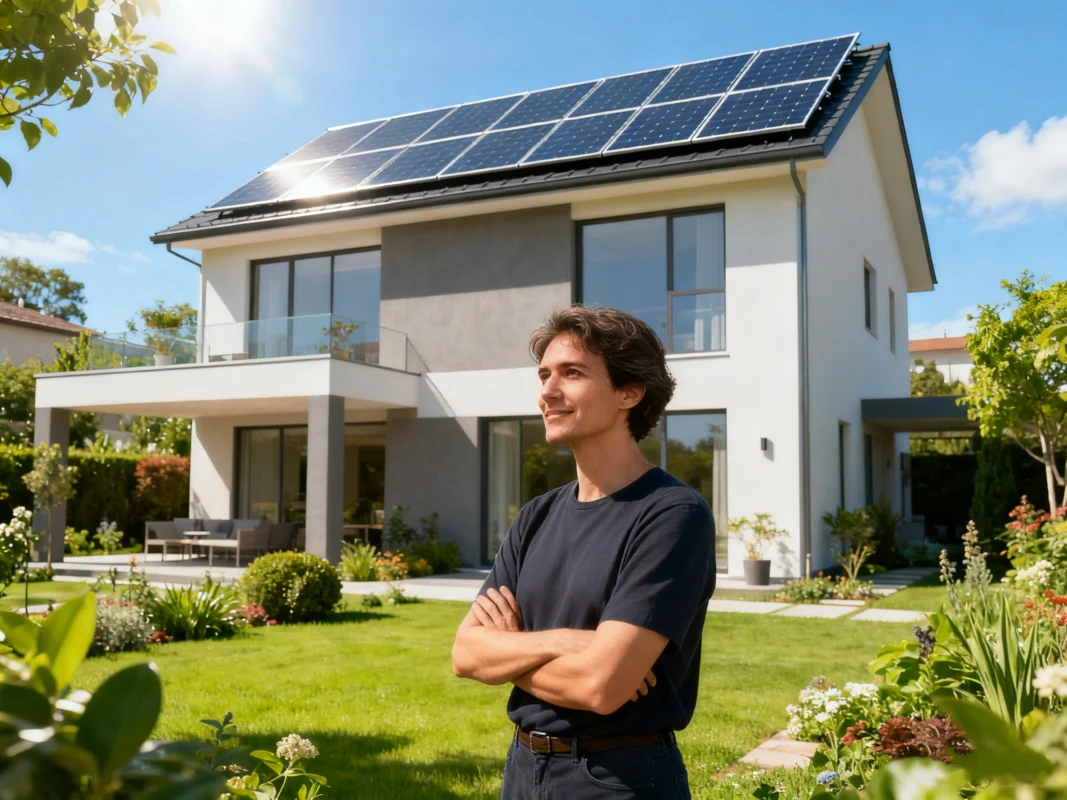
FAQs About Solar and Battery Systems
-
How long do solar panels last?
Solar panels are built to last. On average, they can operate efficiently for 25–30 years with minimal degradation. Proper cleaning and occasional inspections can extend their lifespan even further. A long-lasting solar panel ensures that your solar and battery system continues to deliver energy savings for decades.
-
Can a solar and battery system work during a blackout?
Yes—if your system includes battery storage, it can provide power during outages. The battery stores excess energy generated by your panels, so even when the grid is down, essential appliances like lights, refrigerators, and medical equipment can keep running. Your solar inverter also plays a key role in managing the flow of electricity safely during blackouts.
-
Do I need a battery if I already have solar panels?
While a battery isn’t strictly necessary, it significantly improves energy independence. Without a battery, any surplus energy is usually sent back to the grid, often at a lower compensation rate. A battery lets you store that energy for nighttime use or during peak-rate hours, maximizing your savings and self-sufficiency.
-
How much roof space do I need for a solar and battery system?
The space required depends on your household’s energy consumption and the system’s size. On average, 200–400 square feet of roof can support a standard home system. A professional site assessment ensures your roof orientation and shading are optimized for maximum efficiency.
-
How do I choose the right solar inverter?
Choosing a solar inverter comes down to matching it to your panels’ output, checking efficiency ratings, and considering your future needs. Hybrid inverters are particularly useful for solar and battery systems because they manage both solar generation and battery storage seamlessly.
-
Are there incentives for installing solar and battery systems?
In many regions, governments and utilities offer incentives such as tax credits, rebates, or other programs to reduce upfront costs. These incentives can significantly shorten your payback period, making your solar and battery system even more cost-effective over time.
-
What maintenance is required for a solar and battery system?
Maintenance is relatively low. Key tasks include:
• Regular cleaning of panels to remove dust and debris
• Monitoring your solar inverter and system output for any irregularities
• Checking battery health periodically to ensure optimal performance
Keeping up with these small steps ensures your system remains efficient and reliable for many years. -
Can I expand my solar and battery system later?
Yes. Most systems are modular, allowing you to add additional panels or batteries as your energy needs grow. Planning for expansion during the initial installation can save costs and make future upgrades smoother.





